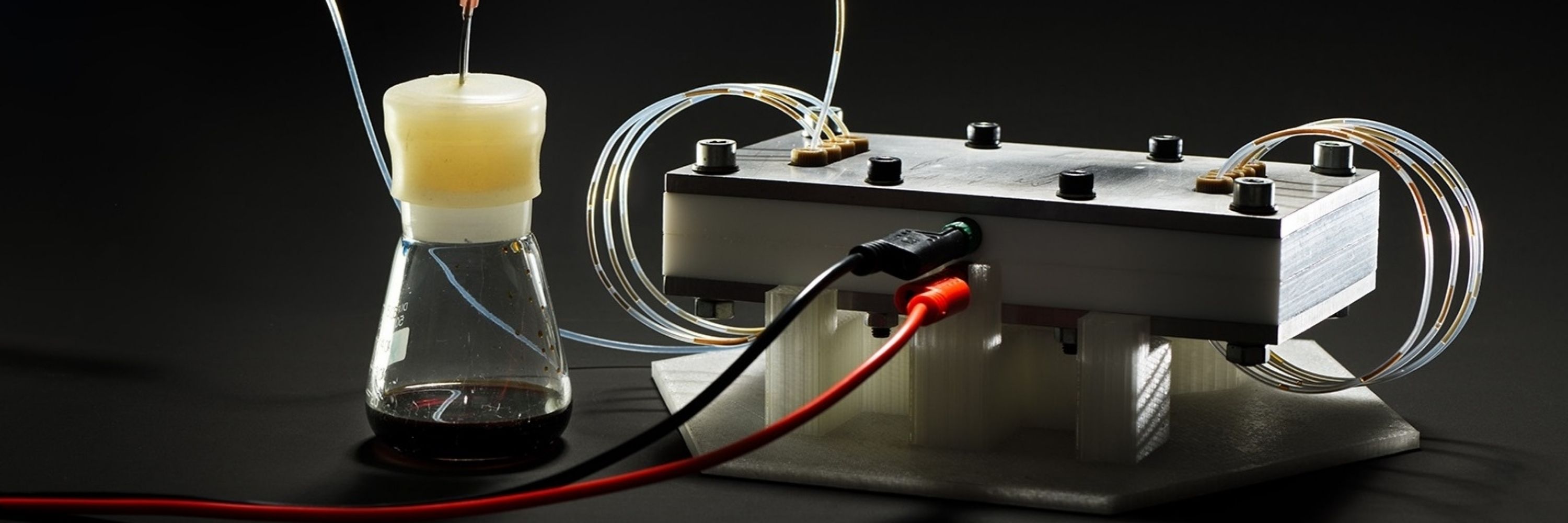
2022 #CASFutureLeader, 2021 #RealTimeChem Ambassador.
ORCiD: https://orcid.org/0000-0002-2749-8393



But if the potential required is so low, how can this work?? (9/n)

But if the potential required is so low, how can this work?? (9/n)




He observed something weird. His Mg sacrificial electrodes were consumed much more than they should have been... (4/n)

He observed something weird. His Mg sacrificial electrodes were consumed much more than they should have been... (4/n)


@ChemRxiv
today. We unlocked the synthetic application of DMF distonic radical anion with electrochemistry!
Interested in the full story? See below! (1/n)
chemrxiv.org/engage/chemr...

@ChemRxiv
today. We unlocked the synthetic application of DMF distonic radical anion with electrochemistry!
Interested in the full story? See below! (1/n)
chemrxiv.org/engage/chemr...

But if the potential required is so low, how can this work?? (9/n)

But if the potential required is so low, how can this work?? (9/n)




He observed something weird. His Mg sacrificial electrodes were consumed much more than they should have been... (4/n)

He observed something weird. His Mg sacrificial electrodes were consumed much more than they should have been... (4/n)



Lots of great chemistry already there!

Lots of great chemistry already there!
ChemElectroChem: a work on intensifying the electrochemical hydrocarboxylation of activated alkenes. Interesting findings regarding the impact of current density on reaction selectivity!
chemistry-europe.onlinelibrary.wiley.com/doi/10.1002/...

ChemElectroChem: a work on intensifying the electrochemical hydrocarboxylation of activated alkenes. Interesting findings regarding the impact of current density on reaction selectivity!
chemistry-europe.onlinelibrary.wiley.com/doi/10.1002/...
Special thanks to the committee for inviting me to this event.



Special thanks to the committee for inviting me to this event.


